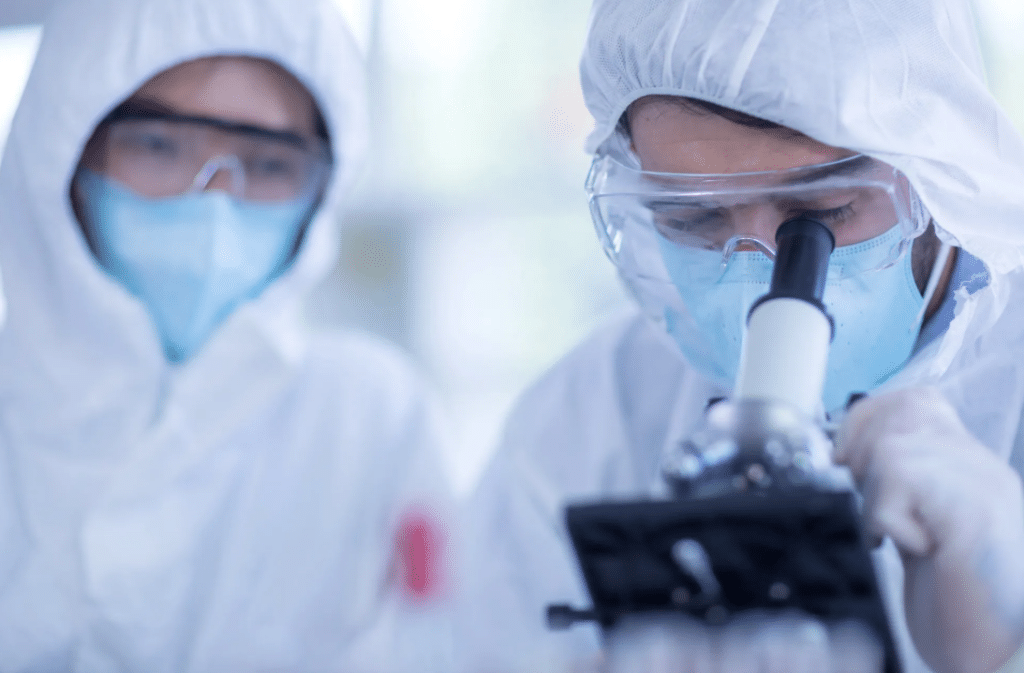Imagine decoding the secret language of cells with unparalleled precision, MIT’s new wireless biosensing technology promises to transform biomedical research and redefine how we understand cellular communication.

Decoding cellular signals is crucial for understanding how cells communicate, adapt, and respond to their environment—a cornerstone of diagnosing and treating conditions like arrhythmia and Alzheimer’s disease. However, traditional methods rely on cumbersome wired systems that limit data collection and spatial resolution.
MIT researchers is set to change this landscape with wireless organic electro-scattering antennas (OCEANs). These nanoscale antennas use light to detect electrical changes in their liquid environment, providing researchers with unprecedented insight into cellular activity.
At just one-hundredth the width of a human hair, OCEANs scatter light in response to subtle electrical shifts. This scattered light, captured by an optical microscope, enables precise, high-resolution recording of cellular signals. Unlike traditional pooling techniques, each OCEAN operates independently, offering unmatched spatial and temporal sensitivity.
The antennas are crafted from PEDOT:PSS, a polymer that changes its refractive index in response to electrical activity. Using focused ion beam technology, researchers fabricate nanoscale holes in a glass substrate, growing the antennas electrochemically. This scalable process creates chip arrays housing millions of antennas, capable of continuous operation for over 10 hours.
Designed for in vitro studies, OCEANs integrate seamlessly with cell cultures, enabling direct monitoring of cellular activity. Researchers plan to refine the technology further by integrating it with advanced nanophotonic devices, potentially unlocking new frontiers in biomedical research.
Supported by the U.S. National Institutes of Health and the Swiss National Science Foundation, this innovation could unravel complex cellular communication systems, paving the way for breakthroughs in medical diagnostics and treatments. As the technology evolves, OCEANs may redefine the boundaries of cellular decoding, heralding a new era in bioengineering and precision medicine.








